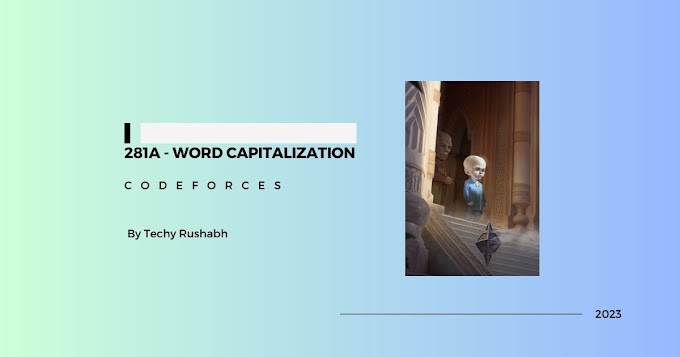Introduction
Way back in 2006, before many of today's developers even started coding, a revolution was brewing in the JavaScript world. That revolution was jQuery, a library so dominant it's found on over 80% of the top 1 million websites. That's more than 4 times the adoption of Angular, React, and Vue combined! Let's dive into the legend of jQuery.
The Need for jQuery: Taming the Wild West of Browsers
The primary driver behind jQuery's massive popularity stemmed from a simple, yet critical, problem: JavaScript was, and sometimes still is, a challenge. In 2006, cross-browser compatibility was a nightmare. jQuery provided a unified API to handle the myriad of inconsistencies and edge cases, allowing developers to write less code and achieve more, regardless of the browser being used.
jQuery in Action: Simplicity and Readability
jQuery’s power lies in its simplicity. The library leverages the dollar sign $ function, which takes a selector (like a tag name, class, or ID) as an argument. This allows you to easily grab elements from the DOM and perform actions on them.
Consider selecting the first item from a list. The blog highlights how jQuery achieves this with concise, readable code, while alternative approaches can be more complex:
Instead of what the transcript shows vanilla javascript code would be:
document.querySelector('li:first-child');With jQuery:
$('li').first();Once selected, you can effortlessly chain methods for animations, event listeners, and more. The ability to chain methods streamlines your code, making it more readable and maintainable.
Extending jQuery: Plugins and a Thriving Ecosystem
Extending jQuery is straightforward thanks to its plugin architecture. You don't need complex build tools like Webpack or NPM packages. You can simply extend the jQuery prototype with a plugin. Furthermore, a vast ecosystem of existing plugins is available, providing pre-built solutions for a wide range of tasks. This makes it quick and easy to add functionality and avoid reinventing the wheel.
No State Management? No Problem!
While frameworks often engage in heated debates about state management, jQuery developers sidestep this issue entirely. There's no dedicated data layer to worry about; you work directly with DOM elements and chain methods. This approach, while potentially less structured for large, complex applications, simplifies many common web development tasks.
Conclusion: The Legacy of a JavaScript King
jQuery, despite facing competition from modern frameworks, remains a powerful and widely used JavaScript library. Its ease of use, cross-browser compatibility, and extensive plugin ecosystem have solidified its place in web development history. While others might make fun, jQuery's impact is undeniable.
Keywords: jQuery, JavaScript, Web Development, DOM Manipulation, JavaScript Library




0 Comments